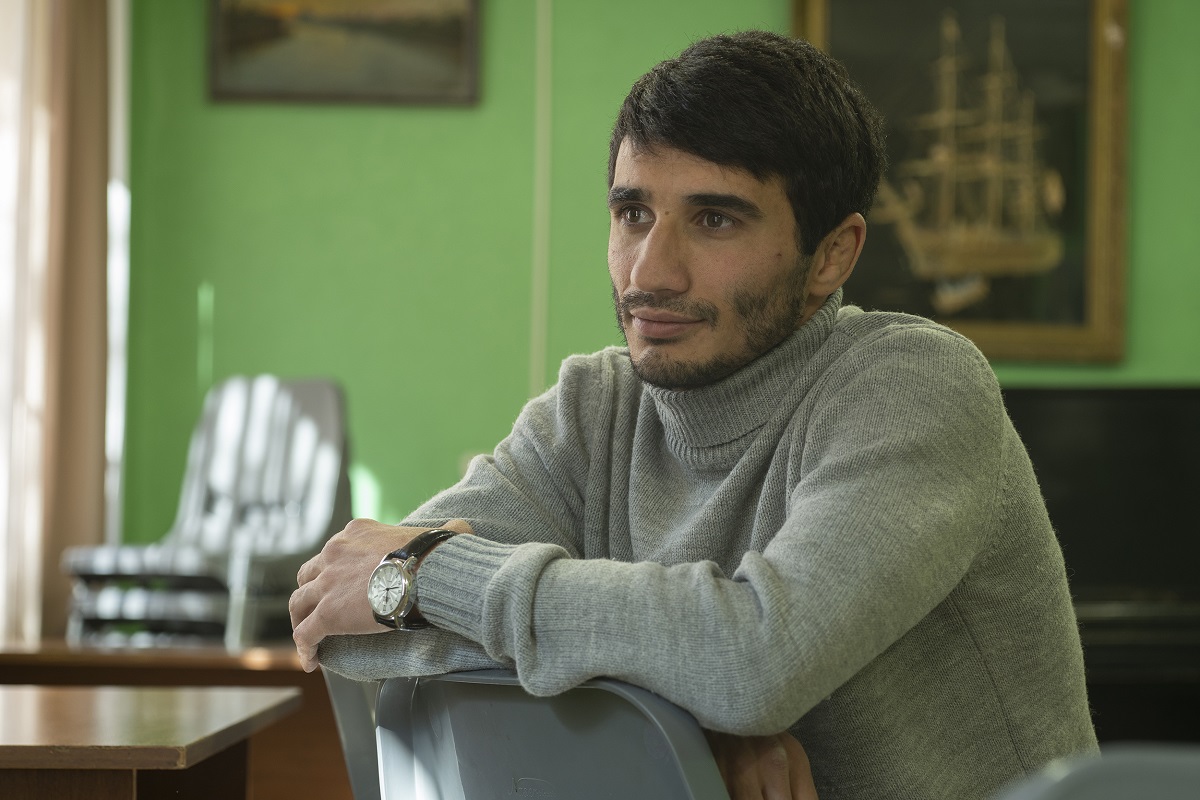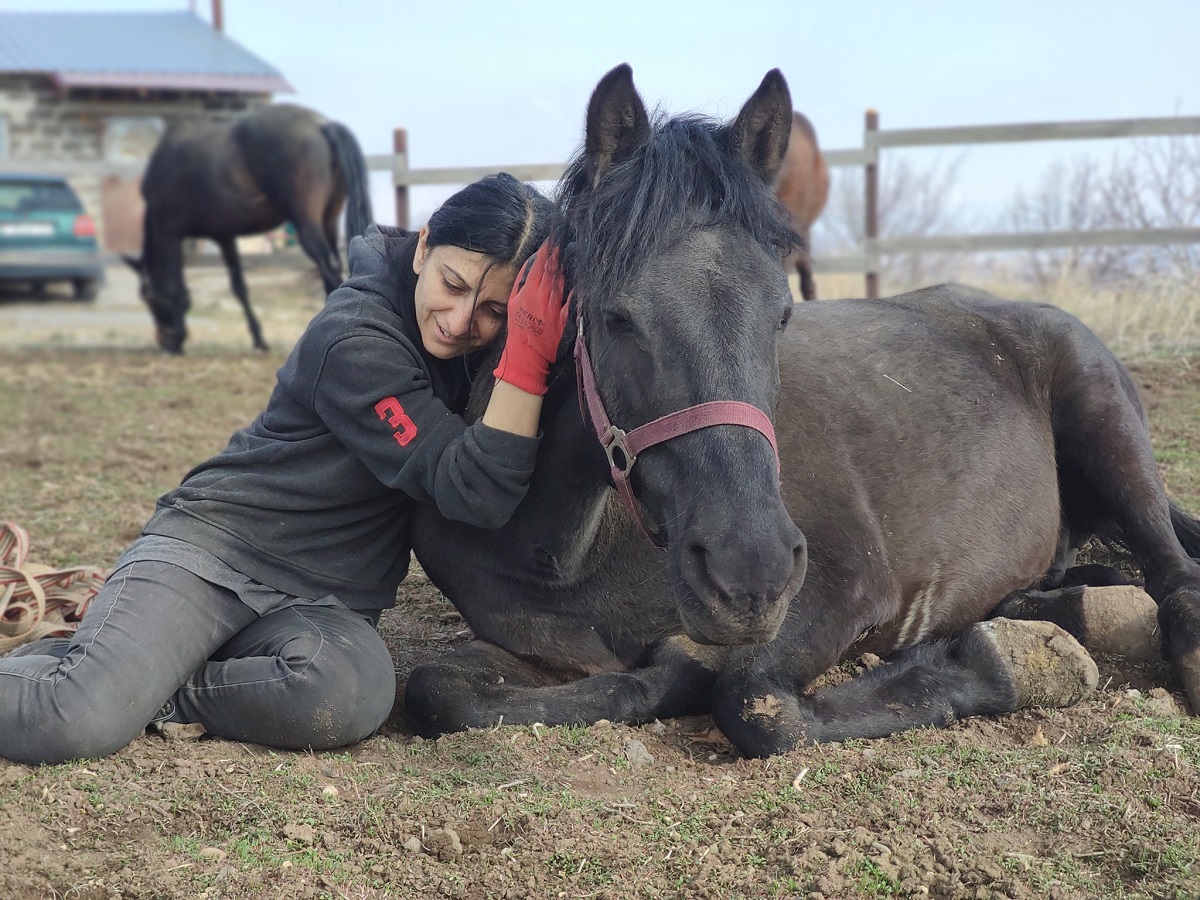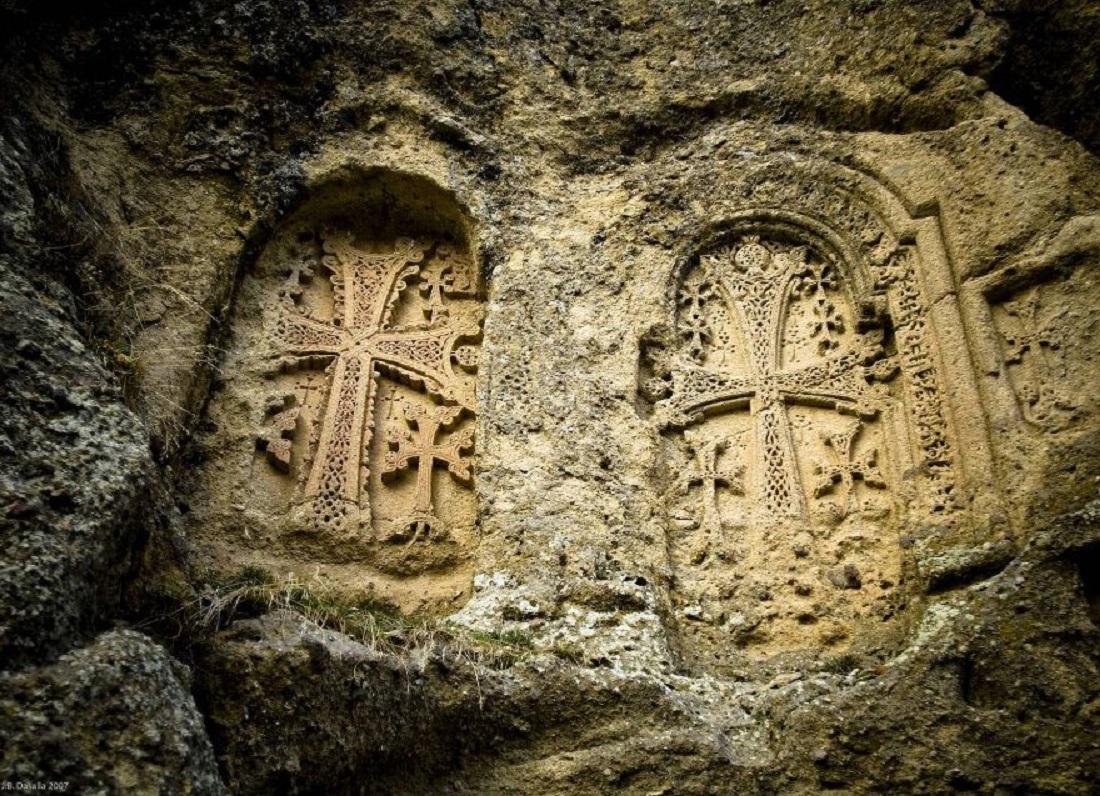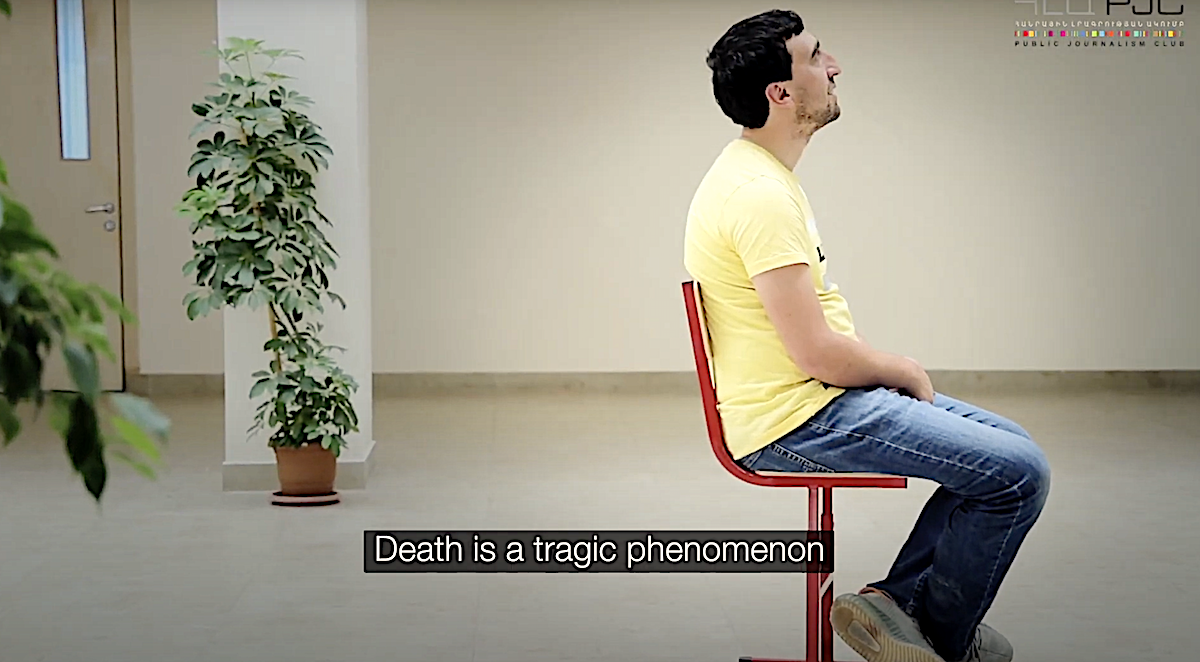"Not a religion, but a way of life" - how the Armenian Apostolic Church became exceptional
Dominance of the Apostolic Church in Armenia
JAMnews prepared three studies on the role of religious institutions in the three countries of the South Caucasus. This one is about Armenia. The studies on Georgia and Azerbaijan can be read at the following links:
How the church became the most influential and wealthy institution in Georgia
“Islam does not have a significant influence on society in Azerbaijan. What does this mean?” Study
The first thing every Armenian will tell you about their homeland is that Armenia was the first to adopt Christianity as a state religion in 301AD.
So, obviously, Christianity has had a special role in shaping the national identity of the Armenians.
Armenia is one of the few secular countries in the world that has retained its mono-ethnic and mono-confessional structure. More than 90% of the population of Armenia consider themselves Christians, most of them followers of the Armenian Apostolic Church.
Religion, and especially the Armenian Apostolic Church, had a great influence on the development of Armenian culture and science, national traditions, and the formation of Armenian values — both positive and negative, according to scholars.
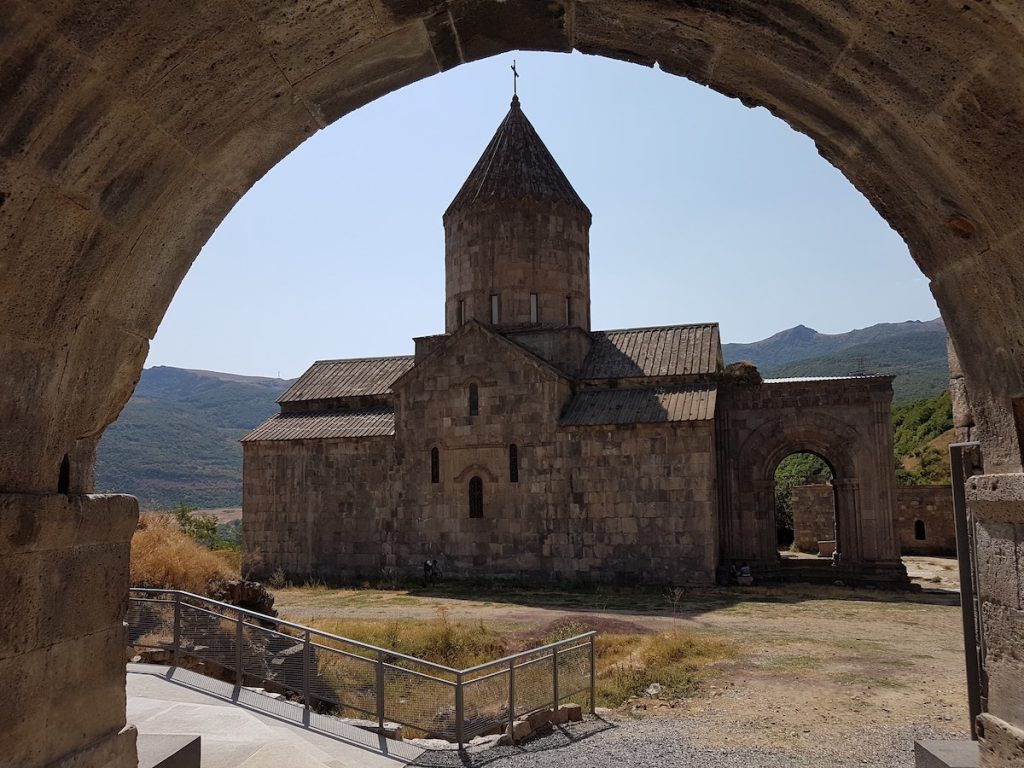
Church and Law: “Privileged and Exclusive”
In 1991, Armenia adopted a law “On Freedom of Conscience and Religious Organizations”, which for the first time stipulated that the Armenian Apostolic Church is “the national church of the Armenian people, an important stronghold for building their spiritual life and preserving the nation.”
In the constitution of 1995 there was no mention of the Armenian Apostolic Church at all, but amendements were soon added recognizing it.
The constitution still states that the church is separate from the state, but recognizes “the exceptional mission of the Armenian Apostolic Church in the spiritual life of the Armenian people, in the development of national culture and the preservation of national identity.”
Then in 2007, a law “On Relations between the Republic of Armenia and the Holy Armenian Apostolic Church” was adopted, granting great privileges to the church,
Including:
- Development of the curriculum and textbook on the “History of the Armenian Church” for state educational institutions.
- Voluntary training courses in schools using their buildings and resources.
- Establish its own schools
- Public fundraisers and receive tax-exempt donations.
- Producing and selling items and accessories of ritual significance, which are also exempt from taxes.
- Maintaining a permanent spiritual representative in hospitals, homes for the elderly and people with disabilities, and in military units and prisons.
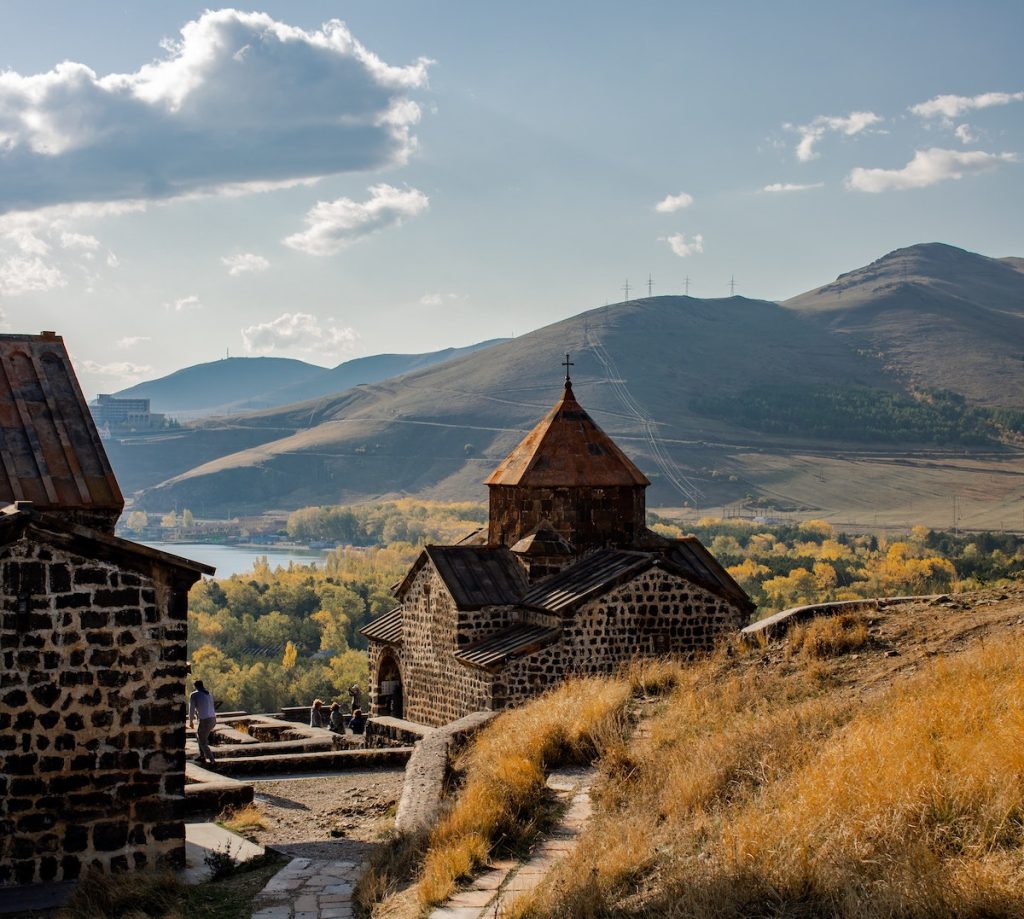
Church as a political structure
In a historical context, the Armenian Apostolic Church has always been involved in political processes, and it is difficult to imagine the political or public life of the country without its decisive role, journalist and historian Karpis Pashoyan says.
“After the loss of statehood, the Armenian Apostolic Church took it upon itself to preserve the national identity.”
There is some truth in this widely held opinion in Armenia, Pashoyan says. But he recalls that the fulfillment of this mission was constantly accompanied by destruction, “since the church is a hierarchical conservative structure and is not able to satisfy the demand of society for reforms and lead it to transformation.”
Four structures within the AAC
One of the most important features of the AAC is that it consists of four fairly independent structures:
- Mother See of Holy Etchmiadzin headed by the Catholicos of All Armenians.
- The Cilician Catholicosate of the Armenian Apostolic Church, headed by the Cilician Catholicos, in charge of the dioceses in Lebanon, Syria and Cyprus.
- The Jerusalem Patriarchate of the AAC, which manages the Armenian churches of Israel in Jerusalem, Jaffa, Ramla and Haifa, and in Jordan.
- The Patriarchate of Constantinople of the Armenian Apostolic Church, which is in charge of all parishes of the Armenian Apostolic Church in Turkey and on the island of Crete.
Everyone unequivocally recognizes the supremacy of the Mother See of Etchmiadzin. But they are independent bodies with very different functions.
“They are so different from each other that they even have different positions regarding the Armenian genocide and the Turkish authorities. But on the ground they perform an important and useful function. In particular, this concerns the preservation of the identity of the Armenians of the Diaspora and the protection of the Armenian heritage, for example in Jerusalem,” Pashoyan says.

Unprecedented attacks on the church after “Velvet Revolution”
Pashoyan says the church has historically maintained political neutrality and avoided conflicts with secular authorities. One of the reasons for this was the continuous terror against the Armenian Church and clergy by the Ottoman Empire, the tsarist and Soviet authorities.
“The fact that the church was silent during such fateful political events, such as March 1, 2008 [anti-election protest which ended in violence] fits perfectly into the political doctrine of the church,” Pashoyan explains.
But after the “Velvet Revolution” of 2018, a completely different picture has developed in Armenia in the relationship between church and state, he says. With the coming to power of Nikol Pashinyan, there were unprecedented attacks on the church and the Catholicos himself, up to a siege of his residence, for no particular reason.
“I don’t remember such an attack on the church in the entire history of independent Armenia. The authorities initiated aggression by taking impermissible steps against the church. And the resulting negative attitude of the church towards the government in this case was just a response,” Pashoyan believes.
Nevertheless, Catholicos Garegin II recently invited the former presidents of Armenia to discuss ways to save the country.
“The Church understands the danger that threatens Armenia today. And despite the fact that these discussions did not give a political, substantive result, they were extremely important in a symbolic and moral sense.”
“For society this is not a religion, but a way of life”
Christianity ceased to be a simple religion for Armenian society and turned into a culture and system of values. Many Armenians, even those who consider themselves unbelievers or atheists, are influenced by Christianity in a cultural sense, Karpis Pashoyan says.
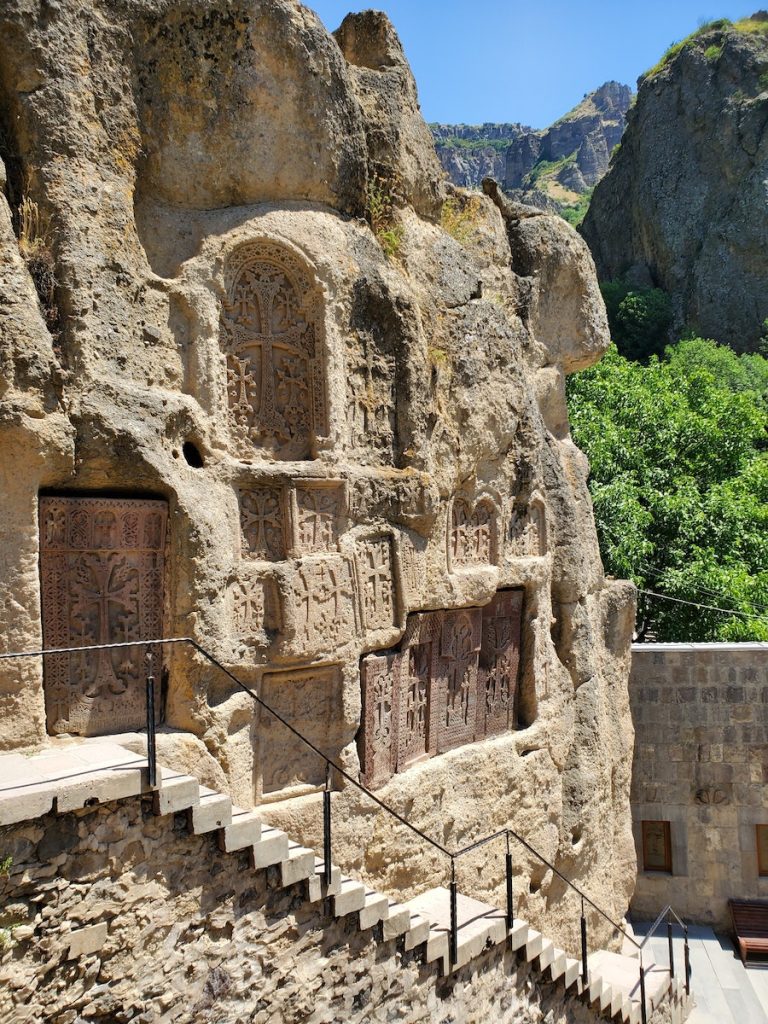
“Christianity is universal; wherever it asserts itself, it immediately adopts local customs, traditions, even some attributes, rituals of the former religious system. And in Armenia the church has penetrated into everyday life, into all its spheres.”
The last noticeable intervention of the AAC in the formation of a public position concerned Armenia’s ratification in 2019 of the “Istanbul Convention”, specifically an agreement “On the Prevention and Combating of Violence against Women and Domestic Violence”.
The Armenian Apostolic Church said at the time that it saw “very disturbing provisions and concepts” in it and called on the government to refrain from ratifying the convention.
The government did just that.
Church and family: all stages from birth to death
The Armenian Apostolic Church plays an essential role in the life of almost all members of society. In many cases young people prefer to get married in a church rather than register a marriage at the registry office, despite the marriage certificate having no legal weight.
Infant baptism is also very popular, especially among young families. Children can be baptized eight days after birth. As a rule, the rite of baptism becomes a family holiday.
The church thus accompanies people from the beginning to the end of life. It is also customary to hold wakes and funerals not in morgues, but in churches. It has become a tradition, especially in the cities. But, of course, under the presence of a priest.
The AAC significantly surpasses other denominations in popularity in society
Every year new religious organizations and movements appear in Armenia, even as young people declare themselves atheists or agnostics. The Armenian Apostolic Church retains its exceptional significance for society as a whole.
All major religious holidays in Armenia are celebrated, and in recent years more people, especially the young, are observing the 48-day Lent.
Many church holidays are so intertwined with the way of life of the people that they are no longer perceived as religious rituals. Most consider them folk traditions passed down in the family from generation to generation.
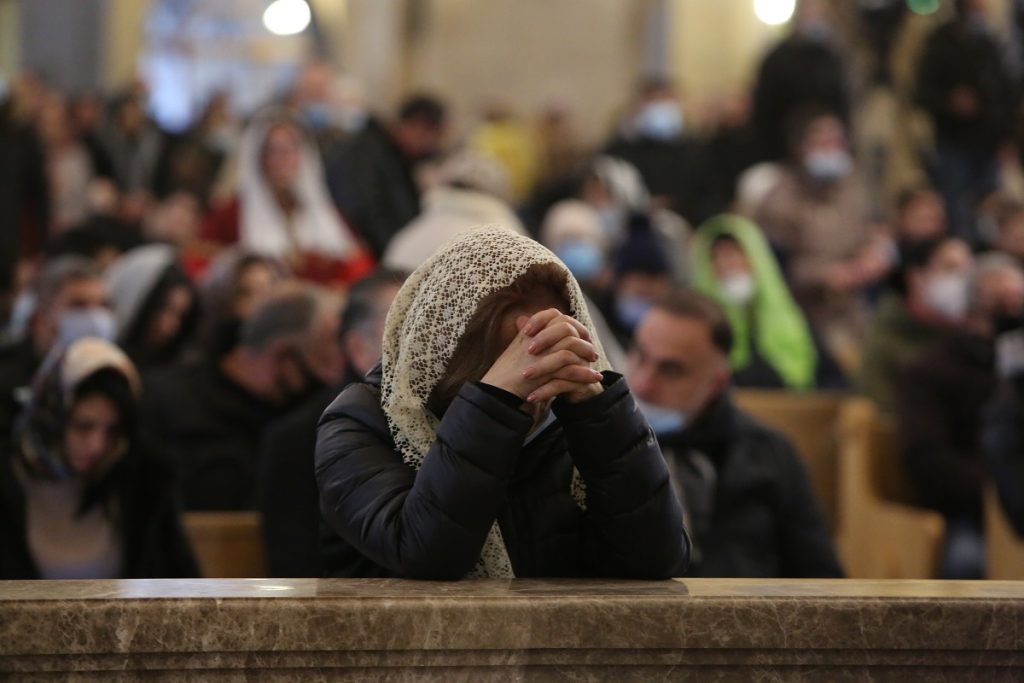
Follow us – Twitter | Facebook | Instagram
Dominance of the Apostolic Church in Armenia










